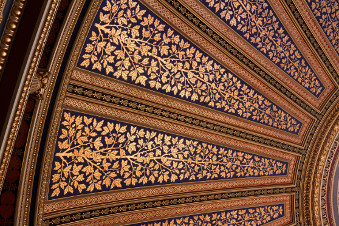Speaker
Description
Natural water and ice are currently used as optical detection media in large scale neutrino telescopes, such as IceCube, KM3NeT/ANTARES and GVD. When charged particles, such as those produced by high energy neutrino interactions, pass through ice or water at relativistic speeds they induce Cherenkov light emission. This is detected by the digital optical modules of IceCube. However, slower moving particles, including potential exotic matter like Magnetic Monopoles or Q-balls cannot be detected using this channel.
A new kind of signature can be detected by using light emission from luminescence in water or ice. This detection channel enables searches for exotic particles which are too slow to emit Cherenkov light and currently cannot be probed by the largest particle detectors in the world, i.e. neutrino telescopes.
Luminescence light is induced by highly ionizing particles passing through a medium and exciting the surrounding matter. To utilise this new detection channel in neutrino telescopes, laboratory measurements using water and ice as well as an in-situ measurement in Antarctic ice were performed. The experiments as well as the measurement results will be presented. The impact on searches for new physics with neutrino telescopes will be discussed.

